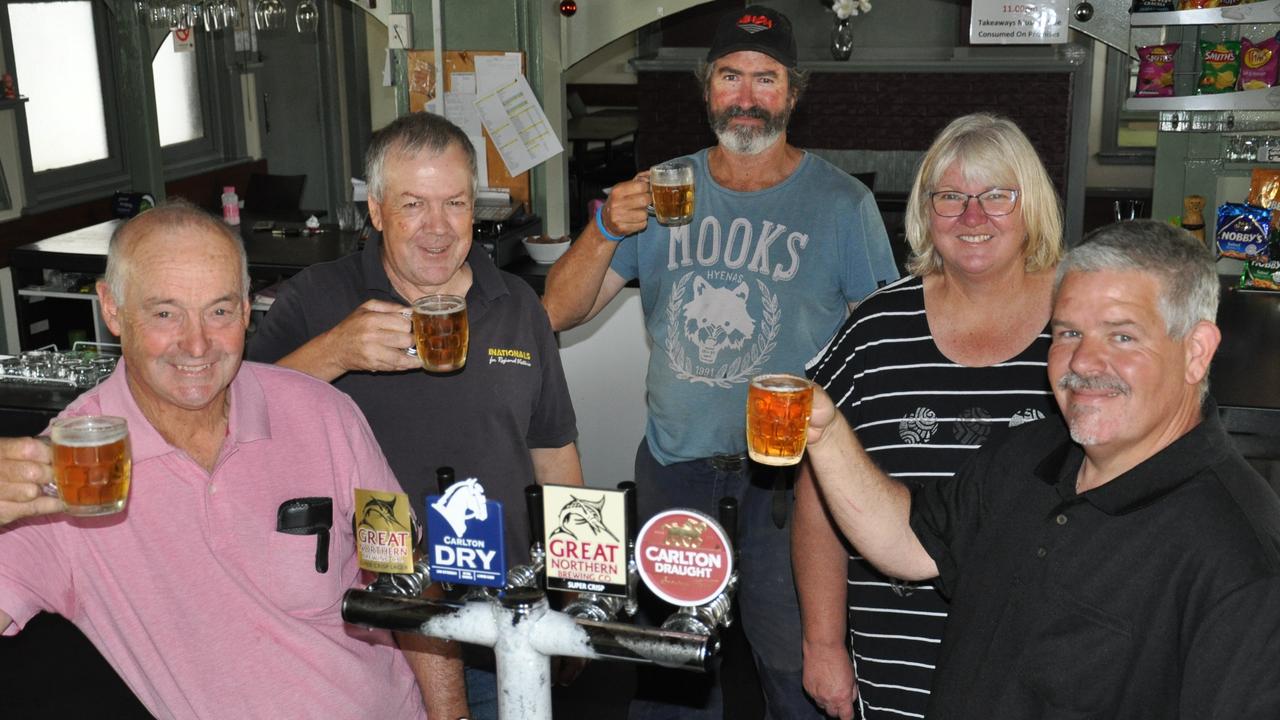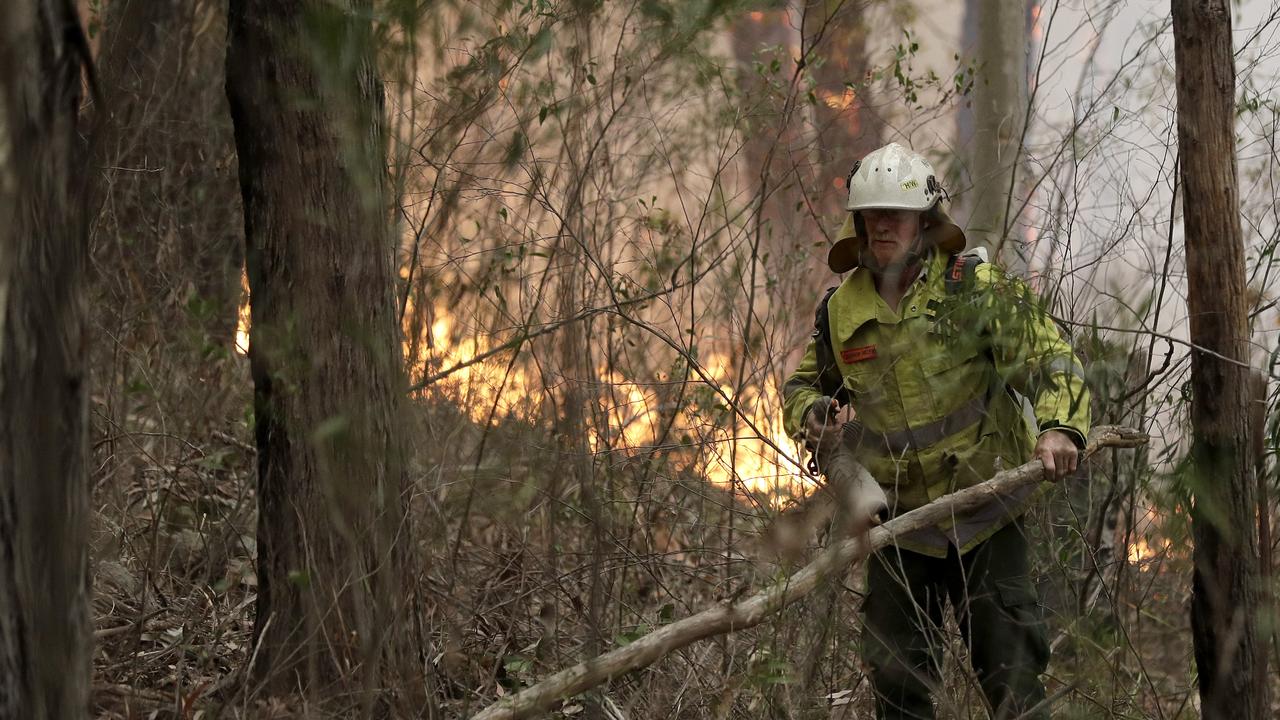Opinion: Study schemes to get GPs in rural Australia needs assessment
A taxpayer-funded scheme to get more GPs into rural areas lacks transparency and could be a rort, writes Genevieve Barlow.
I RECALL when student teachers got scholarships or student college fees wiped if they agreed to work in certain places when they finished their degrees.
They went where they were posted, often to rural schools.
Australia has tried a similar tactic to get doctors out to rural areas and keep them there. It’s been happening since at least 2001.
Every year since, hundreds of students have signed up to medical schools — and had their courses paid for or subsidised by taxpayers under various schemes — on the promise they will pay back course costs by going bush to work in areas short of doctors. This is known as a return-of-service obligation.
Medical Rural Bonded Scholarships ran from 2001, offering students a place in a medical degree course and an annual tax free, non-means tested, indexed payment until they completed the degrees. One hundred were offered annually.
By 2010, this scholarship payment was $24,594 a year. In return, students agreed to practise in rural or remote areas for six years continuously.
The taxpayer generosity ran out when this scheme finished in 2015 but not before many millions of dollars were spent. According to the Federal Department of Health, at March 21, 1514 students remain on these scholarship terms.
If we assume there were 100 spots a year (and I’ve not been able to confirm whether this was the constant annual allocation) I’d estimate at least $38 million was spent on that scheme alone.
In 2004, Bonded Medical Places were introduced. These were places set aside in medical schools for students who might not otherwise get into these in-demand courses.
Today, BMP students (there are 9266) still pay the student component of their course (possibly through a HECS loan), which can be $10,000 to $12,000 a year, but can have some of this HECS reimbursed if they train rurally. Taxpayers fund the rest. For a medical degree “the rest” is $23,590 a year.
In return, BMP students work in nominated areas short of doctors. The period is now a year, but next year it will be three years. It can be part-time and non-continuous, and students can take up to 18 years to complete owed service.
Universities have to make 28.5 per cent of all first-year (Commonwealth-supported) medical school places available as BMPs. Nationally, this adds up to 850 a year.
To date, 104 BMP students have completed their obligatory service.
But how successful these schemes have been in filling the bush doctor shortage in rural and remote Australia for the long term, after the obligatory service is done, is unknown.
The Australian College of Rural and Remote Medicine has data on some, but no one, including the Federal Department of Health which manages the BMP scheme, tracks where Australian-trained fully qualified doctors practise once they pay back their debt of service.
And that in itself is a scandal. How can we have schemes set up to address rural doctor shortages and almost 15 years later still have no credible assessment or review of how effective these schemes have been?
“It’s a reasonable question,” says Rural Doctors Association of Australia chief executive Peta Rutherford. She says the best return on investment would be to know that BMP students were still practising in rural areas short of doctors, five years after completing fellowships.
“The question is, what is the return on investment at which point doctors can practise unsupervised and independently? That’s when they provide a large value add. It’s great for them to train and practise in these (rural) areas, but the real value add is when they stay.”
The Australian Medical Students’ Association, which represents the nation’s 17,000 medical students, also wants answers.
“We don’t have the information to figure out whether this is having the desired effect,” AMSA president Jessica Yang says. “The data we do have is that 416* BMP students withdrew or breached their return of service contracts up until 2017.” This data is from a Health Department presentation in 2017.
The department says that to March 21 this year 129 BMP students have withdrawn and “reached financial settlement with the Commonwealth before completing their annual return of service”. AMSA says the Government should track BMP graduates well into their careers to know whether the scheme boosts rural doctor retention rates and in areas of shortage.
Lakes Entrance GP David Campbell quit as director of Monash University’s Rural Clinical School when the university cut its year-long placements for medical students in rural clinics and hospitals to six months. He says bonded degrees have been “quite controversial”.
“Cynically it’s an opportunity for some people to get into medical degree courses. Quite a number of bonded students try to get out of their obligations,” Dr Campbell says.
The number of vacancies for rural doctors offers a clue. Rural Workforce Agency of Victoria chief executive Chris Scott says in Victoria alone, 29 rural doctor positions have been vacant for at least five years. Another 12 are shorter term.
“The big factor is what’s coming in the next one to five years when a lot of those long-serving local country doctors retire,” he says.
Dubbo-based Nationals MP Mark Coulton is responsible for the rural health sector in the Federal Government. The least he could do to improve the long-term governance of the BMP scheme is set in place an information system that reveals if it’s working or a dud.
*This figure was incorrectly published as 4164 BMP students, and has been corrected.


